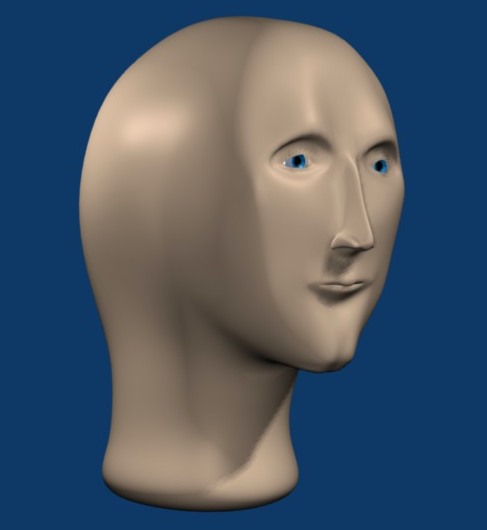If you’re feeling adventurous, you could compile Marlin yourself. I did it to use a pin as an “off” signal for my fans, but ended up tinkering with options like linear advance. The set up isn’t too hard, but you need vscode.
- 5 Posts
- 53 Comments
I’ve played a small amount with it— I didn’t go far because I only have one graphics card. But my understanding is that you can set up the virtual machine to “capture” the graphics card when it is booted up, and “release” it when it’s done. That’s how some people can use a single graphics card, they just can’t see the Linux desktop while the vm is in use.
For switching games, make sure the drive the game is on is supported by both Windows and Linux. I imagine you’d need to unmount it on the host while the vm is open. I do this for some games with dual booting. Also, install the Windows version and force proton, otherwise you’ll have to install it twice.
For microphone, I assume there’s a solution like network: a way of forwarding the data to the VM in addition to being available on the host. I haven’t tinkered with this though.
For monitors, I’d look into Looking Glass. My understanding is that it can make a window to display the vm output. If you don’t mind the monitor being “tethered” to the gpu, though, I’d imagine any monitors attached on the gpu you pass would display the vm’s contents, while any on the host card will remain the same.
Best of luck!
This list was really hard for my phone to view. It’s an older phone, so that’s probably why, but it kept freezing and reloading.

 4·2 months ago
4·2 months agoIt made fairly big waves when it was released— mostly covered by cod influencers and the like. Their big selling point was “no sbmm”. I’ve thought about giving it a shot, since it can run on Linux under proton.
Oh… I’ve never once considered that. But that’d make sense as to why it only recently picked it up— historically, the profanity filters were super easily bypassed. Maybe they tightened them up!
Can virtual goods like this apply? Especially against the company? I assume they’d have a “no guarantees” type clause in the EULA…
I appreciate that. Kissing armpits as a kink would be pretty reasonable*, I’d be up for that**!
*Reasonable to refer to **I’d be up for it to be referred to that way
As another comment said, it could probably be a euphemism for vagina too~ but I don’t know anything about that. o7
Yeah… the way they treat developers and monetization is super scummy. Not to mention their lack of action towards child safety concerns. There’s definitely better ways to spend my time.
Thanks for sharing! Roblox is a really great platform for learning scripting and development, and it’s always cool to see what others make with it.
The game reminds me of slot machines a bit, minus the buy-in. Looks fun!
There is no escape…

 4·3 months ago
4·3 months agoI’m excited to give it a shot when I get back to my desktop!
Which VCS do you use?

 12·3 months ago
12·3 months agoThis is really good news, glad to have access to the Roblox library on Linux again. I’m curious to see how the graphics compare to the desktop version.
That said, Roblox is a scummy company that exploits users and developers, many of whom are children. Also, the chat filter and content moderation are poor, and they completely ignore the major predator issue the platform has. I don’t support the company itself.

 10·4 months ago
10·4 months agoThat’s awesome! It’s really cool seeing low poly models realized.
Just saw that today, photo shoot went wild
Here’s some other pics from it:



(And this without the caption):


 2·4 months ago
2·4 months agoIt’s also just a great game with pretty graphics. Pretty short, though.





My ds4 works out of the box— the touchpad even maps to the mouse cursor (I use libinput and Wayland).
Ds4drv, if you use it, will override the default kernel driver I believe. Make sure it’s not emulating an Xbox 360 controller, unless you want that.
ArchWiki also mentions that you need to disable hidraw in Wine. Maybe that’s related, if you have issues with Windows games?